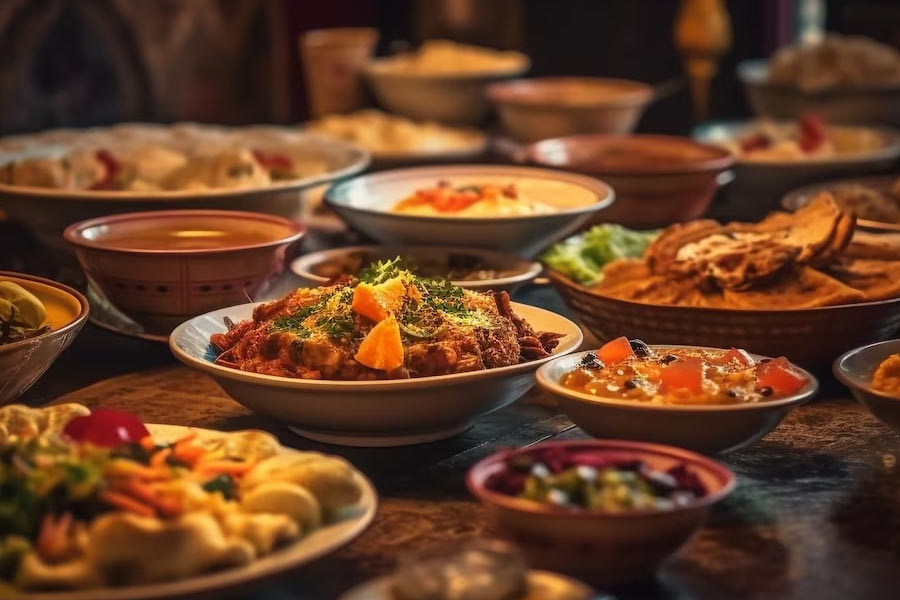India’s moderating retail inflation has affected the lives of common people in a bitter-sweet manner.
The common man is now paying more for a plate of vegetable thali than a year ago while shelling out less for a plate of non-veg thali.
The cost of a representative home-cooked vegetarian thali has witnessed a 5 per cent year-on-year increase in January, while that of the non-veg thali declined 13 per cent, a report said on Wednesday.
According to Crisil Market Intelligence and Analytics (MI&A) Research ‘Rice Roti Rate’ estimates, the rise in prices of ingredients such as pulses, rice, onion and tomato made home-cooked veg thali costlier in January, while the decline in poultry rates helped in the fall in non-veg thali rates.
In the Economic Survey of 2020, the then chief economic adviser Krishnamurthy Subramanian garnished Thali Economics over the dense mass of numbers, charts and tables that is the Survey.
“What better way to make economics relate to the common person than something that s(he) encounters every day – a plate of food? Enter “Thalinomics: The economics of a plate of food in India,” the Survey said.
The cost of the veg thali increased because of a surge of 35 per cent and 20 per cent year-on-year in prices of onion and tomato, respectively, said the report.
Prices of rice (accounting for 12 per cent of the veg thali cost) and pulses (9 per cent) also increased by 14 per cent and 21 per cent y-o-y, respectively, it added.
Meanwhile, the decline in the cost of the non-veg thali was due to a 26 per cent fall
in broiler prices in January, compared with the same month last year, amid higher production, the report stated.
However, sequentially, the cost of the veg and non-veg thalis fell 6 per cent and 8 per cent, respectively. Tomato and onion prices have fallen on a sequential basis.
Retail inflation has remained within the Reserve Bank of India’s 2-6 per cent range since September — clocking 5.69 per cent in December.
The RBI’s monetary policy committee (MPC) is expected to hold rates on February 8.











